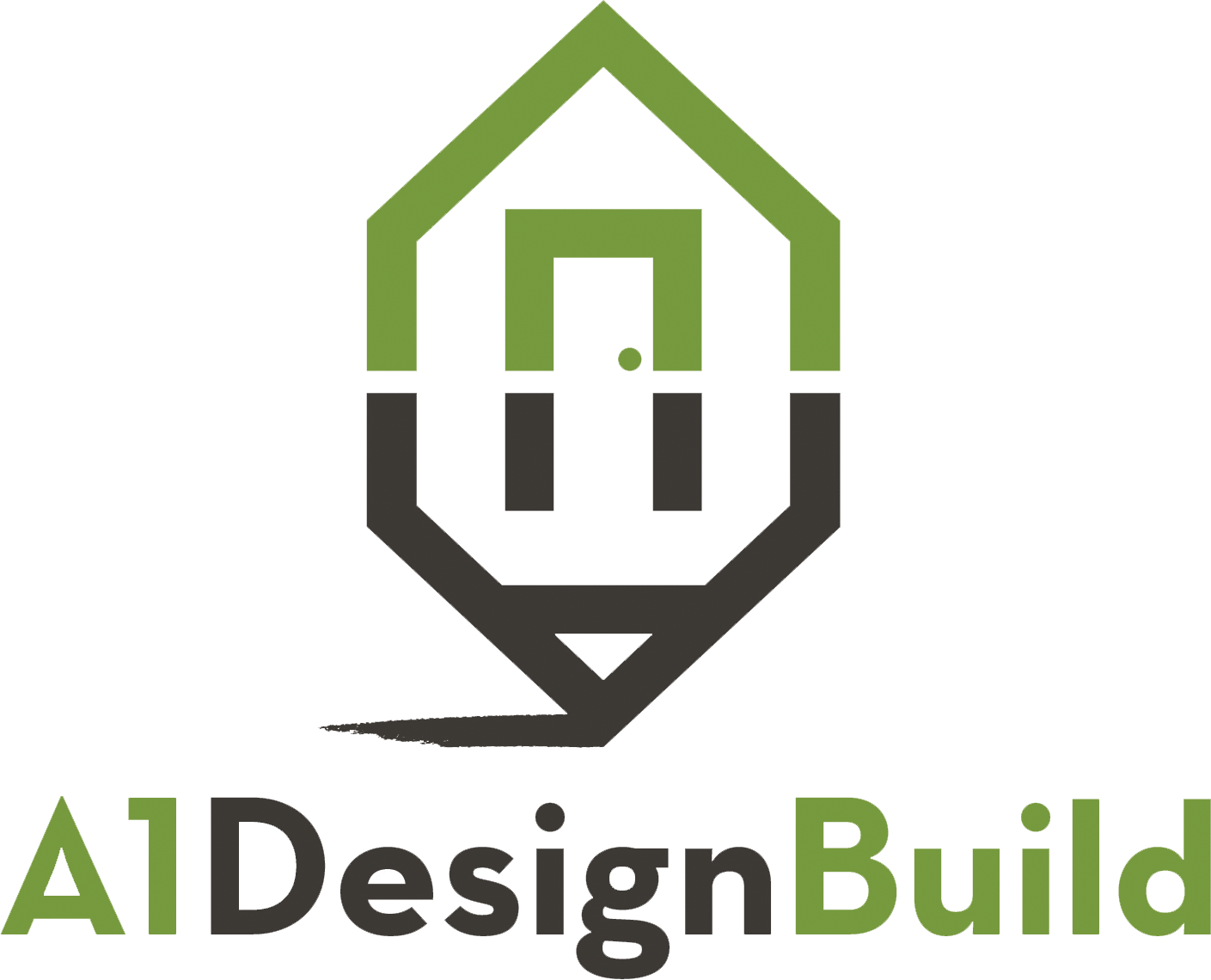What makes a better home?
As rough as the last year has been, 2020 also helped us to focus on what is important to us as individuals, as a business and as a member of this community for more than 65 years.
In 2017 we became a worker-owned cooperative. Over the last three and half years, we have been shifting our focus from repair and remodeling projects to the deeper, more integrated work of designing and constructing high-performance homes — whether brand new or 100 years old . During this transition we have wrestled with two persistent questions:
What is a high-performance home?
How do we make them affordable?
We’ll explore these questions with our 2021 blog series “What makes a better home?” based on the five components outlined below. Over the next several months, we’ll explore each of them in detail. Our goal is to help all of us better understand what a high performance home is, and why it matters to us, to you, and to Whatcom County.
Better Built Box
We start with the building envelope. It protects all the pretty things inside, including and especially, your family. It is the most expensive component of a new home, the most expensive to maintain and by the far the most expensive thing to repair. If it fails, all contained systems are also at risk. If it is not designed properly for your environment, the performance of other home systems will suffer. There is no point in installing cutting-edge appliances and water heaters and heat pump air conditioning systems, solar panels and super efficient lighting if the envelope is inefficient and leaky. When the box is built with advanced (and not yet standard) methods and materials, it means that all the others systems can be simpler and less expensive— and, since they don’t have to work as hard, they also last longer.
The envelope — or wall and roof systems — are made up of five basic layers.
Structure
Insulation
Air Control Layer
Vapor Control Layer
Cladding
Powerhouse Systems
The mechanical systems in our homes are designed with the envelope, and how you plan to use it, in mind.
We call this Integrated Design. The Box and the Powerhouse have to be designed and built to work together. If we put solar panels on your home, the box has to be properly oriented to maximize the sun’s power-generating capacities. If we expect those panels to generate enough electricity to keep your home comfortable, we must precisely size the heating, cooling and air circulation system to do exactly what is needed and nothing more. The better built the box, the smaller this system can be. Every item in our houses that use electricity has to share a limited set of resources: either electricity that is generated on site (if possible), your own financial resources, as you have to pay to operate your home, or the planet’s. While the latter is less tangible, we are beginning to see the real cost of thinking that our natural resources are unlimited (climate change). Every system has to work together with the envelope to maximize comfort, efficiency and responsible use of shared resources.
Powerhouse Systems are made up of five basic groups
Air conditioning (Not just cooling the air, but conditioning the air inside your home): heating, cooling and air circulation/filtration.
Water heating
Appliances: cooking, refrigeration, dishwashing, laundry
Energy generation/management
Water management, storage, delivery and waste management
Smart Materials and Partners
We want every component in our homes to contribute to performance, and we look at the whole lifecycle: Not only how long something lasts, how well it works, and the likelihood of it being recycled when it has come to the end of its life, but how it is made, what the conditions are like for those who manufacture or assemble these products and how healthy is it for you and your family — all factor into how we choose materials and determine whether it adds to, or detracts from your home’s performance.
We believe the performance of your home is also connected to its context — neighborhood, community, environment. Everything we choose and every dollar you spend affects local jobs and our economic resilience. It’s important to us that we source materials from local vendors, and partner with local specialty trades and professionals, whom we see as an extension of our team.
Functional Beauty
Beautiful home design is inseparable from its intended purpose. Simple, thoughtful and coherent spaces that are designed for its occupants and incorporate universal architectural principles with established use patterns and layout last for a long time. And when we enjoy our space, and it is easy to care for, we do just that.
Affordability for Life
Some would argue that a high-performance home costs more to build. We would not argue otherwise, but we would suggest that it displays a limited perspective. The cost to build a home is just the beginning. If we look at the real costs associated with the life of the home, it is much much less expensive to build a high performance home.
More To Come
Stay tuned for lots more about how the five components of an A1 High Performance Home support your lifestyle and our community by contributing to economic, social and environmental sustainability.

